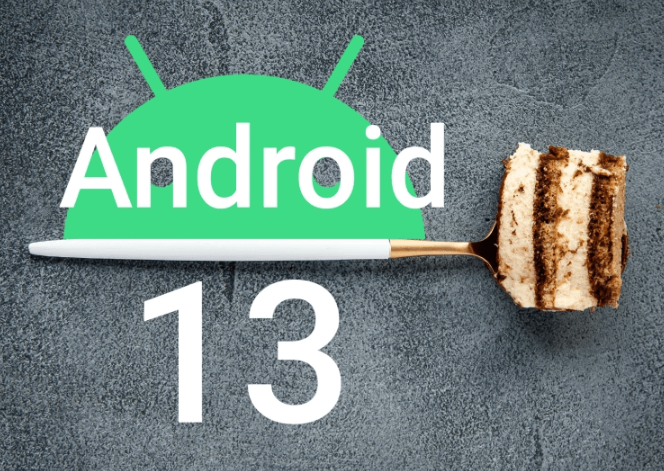There’s a good chance that if you’re reading this, you own an Android device. And similarly, there’s a good chance you’ve experienced at least one Android problem in the past.
Android phones can be very reliable, but sometimes, things can go wrong on the device itself. That’s why today, we’re sharing the top Android 13 problems people sometimes have and how to fix them.
Without further ado, let’s dive in.
Battery Drain
Due to the system’s high customizability and many features, it often leads to many battery-draining factors. Among these are:
- poor battery management
- too many live wallpapers
- heavy multitasking
- unnecessary background apps
These can cause a significantly faster-draining battery. To fix this issue, users must properly close all apps after they’re done using them, adjust live wallpaper brightness levels, install and use battery-saving apps, and remove apps that do not have to be running in the background.
App Compatibility
Developers are working to keep apps compatible with older versions, but Android 13’s fast-paced development cycle often leaves many apps being rendered outdated. This can lead to problems with the ease of use of new apps, as well as compatibility with older apps.
Additionally, Android 13 users have been found to have high levels of app instability, with crashes occurring more frequently as the device ages. Furthermore, some apps may behave erratically as they are optimized for newer versions of Android, resulting in navigation issues and slow loading times.
All of these problems can be fixed by keeping Android devices up to date with the latest Android version and paying attention to any warnings developers put out regarding compatibility.
Connectivity Problems
Android 13 can be slow to connect to Wi-Fi networks. Users may encounter difficulties while attempting to pair their devices to other Bluetooth-enabled gadgets. Sometimes, users may experience complete signal loss. This results in no access to cellular or Wi-Fi networks.
Other common connectivity problems include abnormally high mobile data usage, as well as sudden drops in mobile signal strength. It is always important to double-check the settings on Android 13 to ensure a secure and reliable connection.
Regularly updating the Android OS to the latest version can also help to resolve any connectivity problems. However, if this quick fix does not work, you may need to find phone repair here.
Overheating
When the phone overheats, it becomes sluggish and will often shut off for no apparent reason. Happening mostly with newer models, overheating can be caused by a variety of different things.
Poor reception and running too many apps or games at once are commonly cited as culprits. Overheating itself can also be caused by poor battery maintenance and blockages that prevent air from circulating properly. Having a plastic case that traps heat can also cause this.
To address an overheating problem, clear up space on your phone and set up power-saving options. Make sure to avoid leaving your phone in direct sunlight or other hot areas, and avoid playing games or streaming for extended periods of time.
Find Out Different Android 13 Problems
Android 13 is an incredibly powerful device. However, it can come with a few common issues. To protect the device, users should register it with their manufacturer and regularly install updates.
If Android 13 problems do arise, seeking professional help is the best solution. Get started with Android 13 by taking advantage of the available tutorials and support services online!
For more articles, visit our blog.

